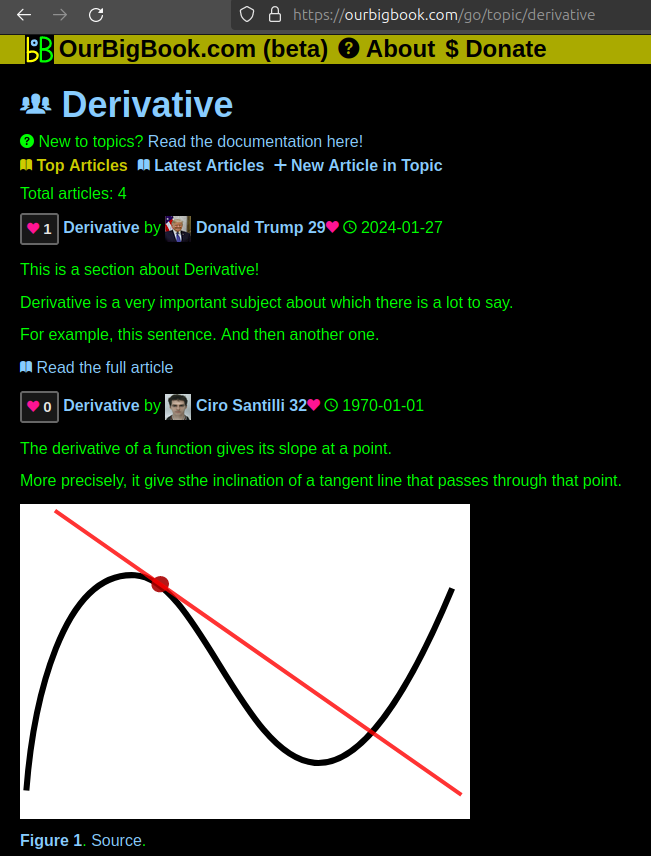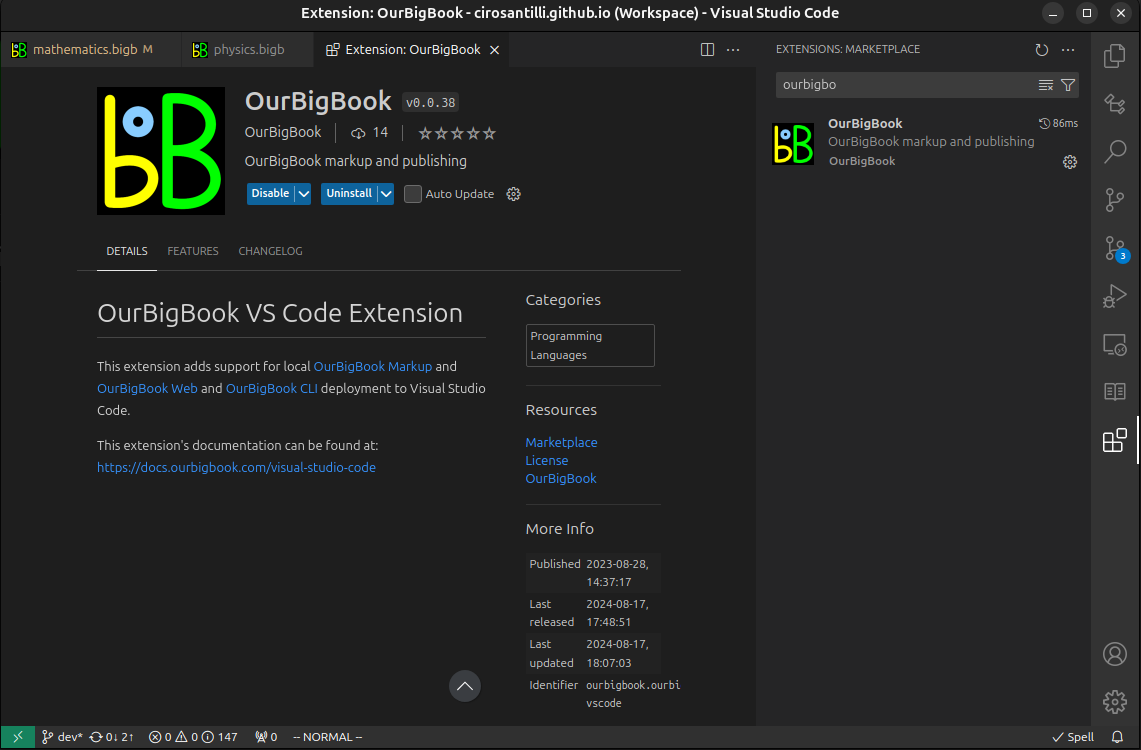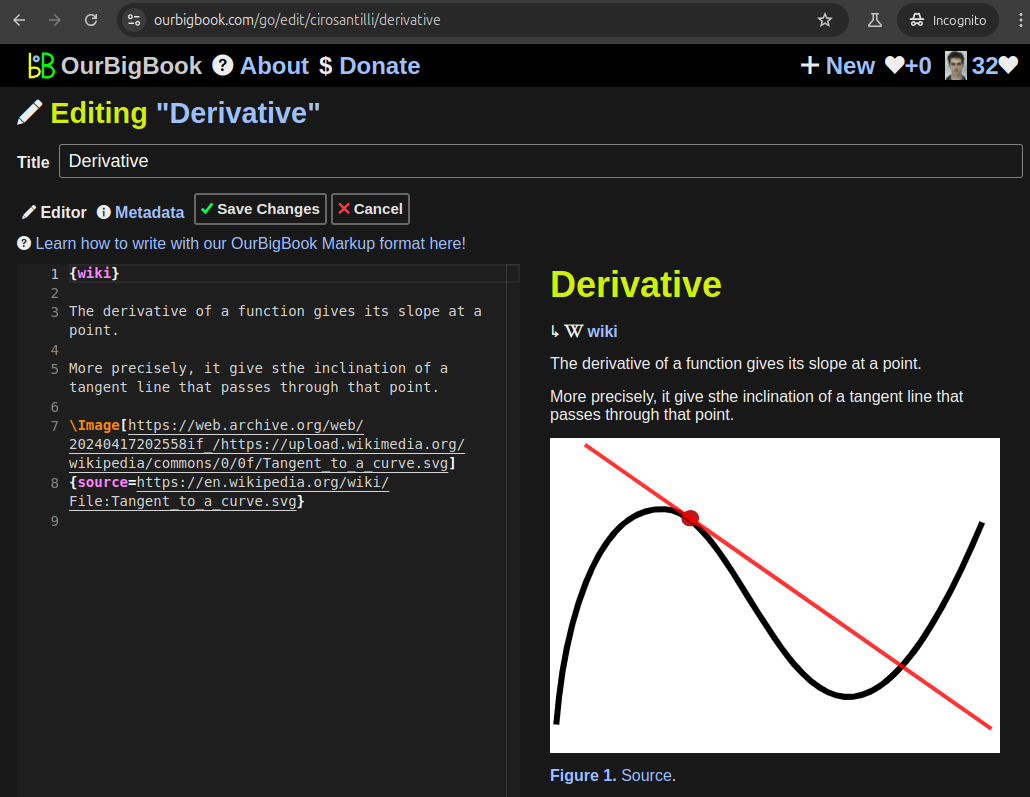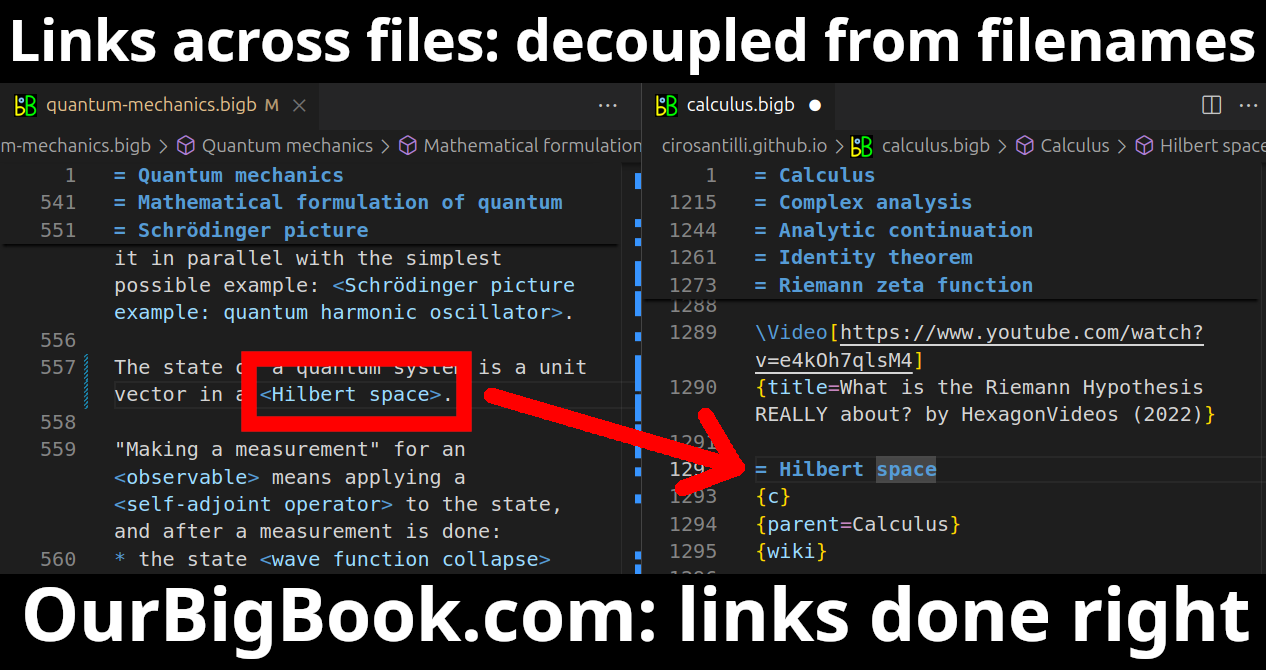As of 2021, Ciro Santilli feels strongly that Amazon originals are so much sillier compared to Netflix ones in average.
Of course, everything pales in comparison to The Criterion Collection.
He looks like an older and more experienced dude compared to Bezos at the time.
Bibliography:
. www.geekwire.com/2011/meet-shel-kaphan-amazoncom-employee-1/2/ also mentions that unlike California, there's no sales tax in the state of Washington, which is important for selling books.
. www.geekwire.com/2011/meet-shel-kaphan-amazoncom-employee-1/2/ also mentions that unlike California, there's no sales tax in the state of Washington, which is important for selling books.
- a few mentions at: Video "Jeff Bezos presentation at MIT (2002)"
Amazon.com Continues to Grow by NBC 15 (2014)
Source. Features short excerpt of filmed interview with Shel.ARM-based servers.
There is basically no information about them online, only some uncited sources such as: abtc.ng/chloe-wojin-all-what-you-need-to-know-about-sergey-brins-daughter/
Polyfluorene is a type of conjugated polymer that consists of repeating units derived from fluorene, a polycyclic aromatic hydrocarbon. It is characterized by its conjugated structure, which allows for delocalization of π-electrons across the polymer chain, resulting in unique optical and electronic properties.
A Walsh diagram, also known as a Walsh function or a Walsh-Hadamard transform diagram, is a graphical representation used to illustrate the properties of Walsh functions, which form an orthogonal basis for functions in a specified space. Walsh functions are particularly useful in signal processing, communications, and various applications in computer science and mathematics. **Key Characteristics of Walsh Diagrams:** 1.
Zaitsev's rule, also known as Zaitsev's elimination rule, is a guideline used in organic chemistry to predict the preferred product of an elimination reaction (such as dehydrohalogenation) involving the removal of a leaving group and a hydrogen atom from adjacent carbon atoms.
A "garbage patch" refers to a concentrated area of marine debris, primarily made up of plastic, that accumulates in certain parts of the world's oceans. The most commonly known garbage patch is the Great Pacific Garbage Patch, located between Hawaii and California. This area contains a high density of microplastics and other debris that have been carried by ocean currents. Garbage patches are not solid islands of trash but rather diffuse collections of small particles, with some larger pieces.
Marine current power refers to the energy generated from tidal and ocean currents. This renewable energy source harnesses the kinetic energy produced by the movement of water in oceans and seas. Marine current power is similar to wind energy, but instead of using wind to turn turbines, it uses flowing water. The process involves: 1. **Tidal Energy**: This is generated by the gravitational pull of the moon and the sun, leading to the rise and fall of sea levels.
The Weddell Gyre is a large system of ocean currents located in the Southern Ocean, specifically surrounding the Weddell Sea, which is situated off the coast of Antarctica. It is one of the major gyres of the Southern Ocean and plays an important role in global ocean circulation and climate.
The term "Quaternary South America" typically refers to the Quaternary Period in the geological time scale, which encompasses the last 2.6 million years up to the present. It is divided into two epochs: the Pleistocene and the Holocene. During this time, significant geological, climatic, and biological changes occurred, influencing the landscape, climate, and ecosystems of South America.
Quaternary paleontological sites refer to locations where fossilized remains of organisms from the Quaternary period are found. The Quaternary period is the most recent geological time period, spanning from about 2.6 million years ago to the present. It is characterized by significant climatic changes, the appearance of modern humans, and the extinction of many large fauna.
Chromaticity refers to the quality of a color that encompasses both its hue (the type of color) and its saturation (the intensity of the color). In other words, it describes how colors differ in their visual appearance and characteristics without considering their brightness or luminance. Chromaticity is often represented in a chromaticity diagram, which typically has two axes representing the color's hue and saturation.
Duplex perception refers to a phenomenon in auditory perception where a person can simultaneously perceive two different sound streams. This can occur when a single auditory input can be interpreted in two distinct ways, often due to conflicting information or overlapping sounds. A common example of duplex perception is found in certain types of speech sounds or auditory illusions, where a listener hears one sound, while at the same time, they may also sense an underlying or secondary sound that is either masked or obscured by the first.
The term "missing fundamental" refers to a phenomenon in auditory perception where the brain perceives a fundamental frequency even when it is not physically present in the sound wave. This occurs when the harmonic frequencies (overtones) are played, and the fundamental frequency is absent. For instance, if a musical note has a fundamental frequency of 100 Hz, it will produce overtones at frequency multiples of that fundamental (like 200 Hz, 300 Hz, etc.).
Pinned article: Introduction to the OurBigBook Project
Welcome to the OurBigBook Project! Our goal is to create the perfect publishing platform for STEM subjects, and get university-level students to write the best free STEM tutorials ever.
Everyone is welcome to create an account and play with the site: ourbigbook.com/go/register. We belive that students themselves can write amazing tutorials, but teachers are welcome too. You can write about anything you want, it doesn't have to be STEM or even educational. Silly test content is very welcome and you won't be penalized in any way. Just keep it legal!
Intro to OurBigBook
. Source. We have two killer features:
- topics: topics group articles by different users with the same title, e.g. here is the topic for the "Fundamental Theorem of Calculus" ourbigbook.com/go/topic/fundamental-theorem-of-calculusArticles of different users are sorted by upvote within each article page. This feature is a bit like:
- a Wikipedia where each user can have their own version of each article
- a Q&A website like Stack Overflow, where multiple people can give their views on a given topic, and the best ones are sorted by upvote. Except you don't need to wait for someone to ask first, and any topic goes, no matter how narrow or broad
This feature makes it possible for readers to find better explanations of any topic created by other writers. And it allows writers to create an explanation in a place that readers might actually find it.Figure 1. Screenshot of the "Derivative" topic page. View it live at: ourbigbook.com/go/topic/derivativeVideo 2. OurBigBook Web topics demo. Source. - local editing: you can store all your personal knowledge base content locally in a plaintext markup format that can be edited locally and published either:This way you can be sure that even if OurBigBook.com were to go down one day (which we have no plans to do as it is quite cheap to host!), your content will still be perfectly readable as a static site.
- to OurBigBook.com to get awesome multi-user features like topics and likes
- as HTML files to a static website, which you can host yourself for free on many external providers like GitHub Pages, and remain in full control
Figure 3. Visual Studio Code extension installation.Figure 4. Visual Studio Code extension tree navigation.Figure 5. Web editor. You can also edit articles on the Web editor without installing anything locally.Video 3. Edit locally and publish demo. Source. This shows editing OurBigBook Markup and publishing it using the Visual Studio Code extension.Video 4. OurBigBook Visual Studio Code extension editing and navigation demo. Source. - Infinitely deep tables of contents:
All our software is open source and hosted at: github.com/ourbigbook/ourbigbook
Further documentation can be found at: docs.ourbigbook.com
Feel free to reach our to us for any help or suggestions: docs.ourbigbook.com/#contact
:format(webp)/cdn.vox-cdn.com/uploads/chorus_image/image/66308477/175972523.jpg.0.jpg)






